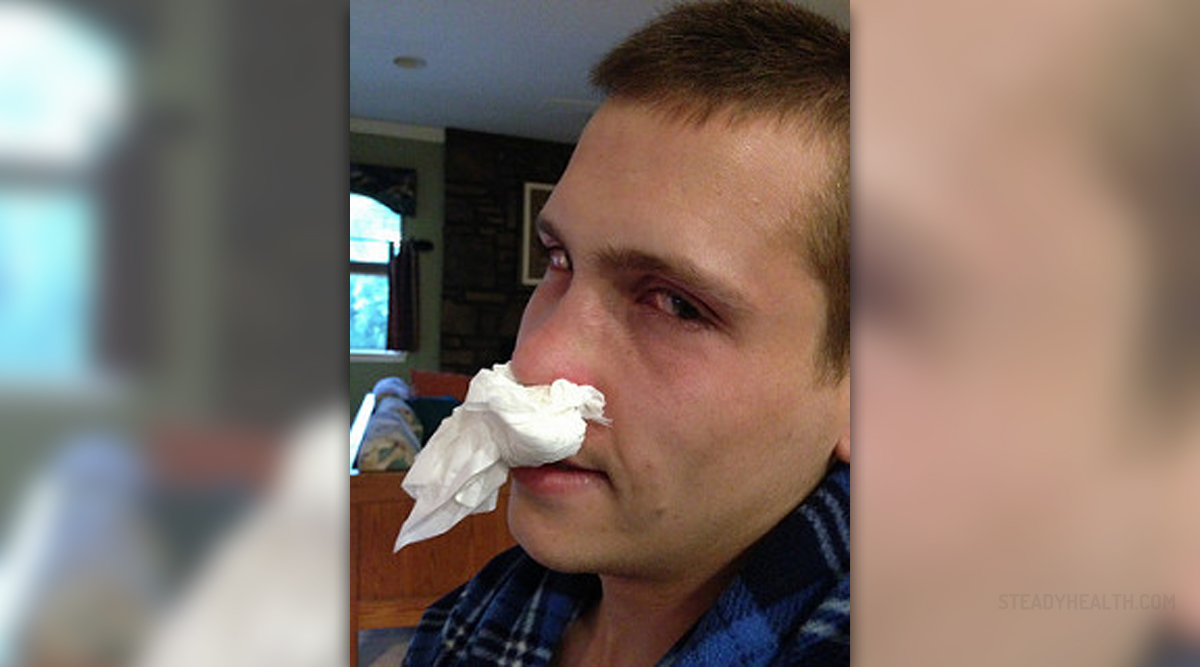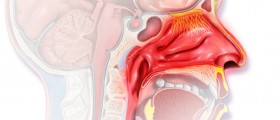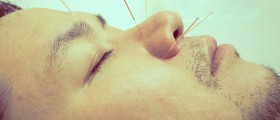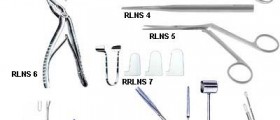Introduction
Having a runny nose is a fairly common thing which affects a large number of people. But it can cause some concerns when it does not disappear for prolonged periods of time. Dripping mucus from the nose is medically referred to as rhinorrhea and it is pretty much easy to diagnose when the mucus is clear. Most of these cases are related to a large number of different types of allergic reactions. Other rare cases may be involved with a medical condition known as vasomotor rhinitis. Vasomotor rhinitis is a medical condition in which the nose gets irritated by a non allergic irritant and is commonly very hard to treat. Rhinitis is the medical term for all inflammatory infections which affect the nose. Various nasal and oral medicaments can be of some help to all those who suffer from chronic allergic rhinitis.
Further Complications
If the mucus associated with a case of chronic runny nose is not clear, then it is a much more serious medical condition. White or cloudy nasal mucus is always an indication of a head cold which is always triggered by harmful types of viruses. Head colds commonly trigger chest congestions and do not last longer than a week. If a person has green or yellow mucus associated with a chronic case of runny nose, it is a condition medically referred to as purulent drainage.
It is usually nothing but a certain type of infection triggered by different sorts of viruses. Some doctors call it upper respiratory infection or sinusitis and in most cases they treat it with various types of antibiotics. If a person does not suffer from fever or any other complications, the dripping of white or yellow mucus occurs after a few days. There are other ways of diagnosis sinusitis besides basing one on the color of mucus. Common cold lasts up to 7 days, and all other medical conditions which involve a runny nose are probably cases of sinusitis. Fever can only be associated with sinusitis, as it usually does not occur in ordinary cases of common cold.
Sinusitis can also be easily recognized by pressure and painful sensations above the eyes and over the cheeks. Some cases may require x-rays and CAT scans of the sinuses. Most treatment methods involve the use of antibiotics and nasal decongestants. Antihistamines are not used that often. Saline solutions can also be of help to a certain extent.













-Help-Treat-Your-Cold-Or-Flu_f_280x120.jpg)



Your thoughts on this
Loading...